Useful equipment for nest monitoring
Equipment for recording your observations
For every visit, while at the nest, you should record: the species; location details including a grid reference, the nest height, the exposure of the nest and habitat details; and the visit details including the status of the nest, eggs or chicks.
Different nest recorders record their data in different ways, from waterproof notebooks to clipboards and the notes app on a phone.
The type of nest recording that is done can also factor into what system is used – inputting directly into a laptop while surveying Reed Warblers in waist-high water is not a good idea for instance!
Nest recording notebook
Many nest recorders use a simple paper notebook in the field.
Tips from the Nest Recording Team
Nest Record Scheme Organiser, Lee Barber uses a simple A6 notebook (160 pages and 7 mm lines), recording a nest per page in the order in which they are found. The example in the photo shows:
- Individual nest code
- Species
- Grid reference
- Description of location
- Height, exposure, habitat code
- Visit details on individual lines: date, time, egg or young count and appropriate status codes
Lee also records a Google Map point, which makes it possible to share information with other local nesters to avoid duplicate recording.
The large tick shown in the photo signifies the attempt is complete and another tick will be added once the record has been entered into DemOn.
Note-taking apps
Some nest recorders find it more convenient to record their observations on their phone. There are several useful apps which can make this easier and more accurate.
Evernote is a notetaking app available for smartphones.
It can be used to record coordinates, photographs of a nest site, information about visits, and dates. This information can all be shared with other nest recorders and accessed from any device including a computer at home.
- You can read about making use of the Evernote app to improve accuracy and increase the ease of nest monitoring in the LifeCycle article ‘Getting straight to the point’.
- Learn more about the Evernote app itself on the Evernote website.
Stick / Mirror on a stick
A ‘nesting stick’ is a key piece of kit in the field and has many uses:
- A sturdy stick is useful for supporting your weight when checking inside nests, covering your tracks to a nest, carefully parting vegetation and the tapping off technique.
- You can add measurements along the side to help you measure the height of nests above the ground.
Attaching a bike mirror to the end of the stick also allows you to look into species that nest at height, such as finches, corvids, thrushes, pigeons and raptors:
- Use a torch to reflect off the mirror to illuminate the nest contents.
- Use close-focusing binoculars to ‘zoom in’ on the mirror image of the nest.
- Securely attach your phone to the stick to collect video footage.
A thin wooden or metal stick around 1.5 m long is ideal. This can either be found naturally, but many nest recorders use a bamboo cane (for example, from your local garden centre) instead.
Coding Cards
We also recommend that you carry a copy of the NRS Status and Habitat Coding Cards with you on your nest monitoring visits. These documents list all the possible nest status codes you might need for recording your nest.
You can carry Coding Cards digitally, for example on your mobile phone as a PDF or screenshot or in the NRS and Ringing Info app, as a hard copy, or copied into your Nest Recording Notebook.
View and download a PDF of the Status Coding sheet and the Habitat Coding sheet.
- If you would like a physical copy of the coding cards, get in touch with the NRS team at nrs [at] bto.org.
Other kit
Tape measure
It is important to accurately measure the height of a nest. You could add measurements to your nesting stick, or carry a tape measure as an item in your nest finding kit.
GPS device or phone GPS
It is important to collect accurate location data on nests. You can determine the coordinates of a nest using your smartphone’s location function and Google Maps.
If using your mobile phone in the field isn’t practical or possible for you, a GPS device is an alternative option.
Torch
A torch can be useful to see inside cavity nests. A torch can be easier to manipulate in a cavity and you may prefer to attach a torch to the end of your nesting stick instead of your mobile phone.
Equipment for advanced nest recorders
Thermal imaging cameras
Thermal imaging cameras are a very useful tool for more advanced nest recorders.
- Find out about how Brewood Ringers have made use of this technology in the article ‘Thermal birding’ (LifeCycle Issue 5) and their follow-up blog post.
- Visit the Facebook group dedicated to sharing information about thermal imaging for bird ringers.

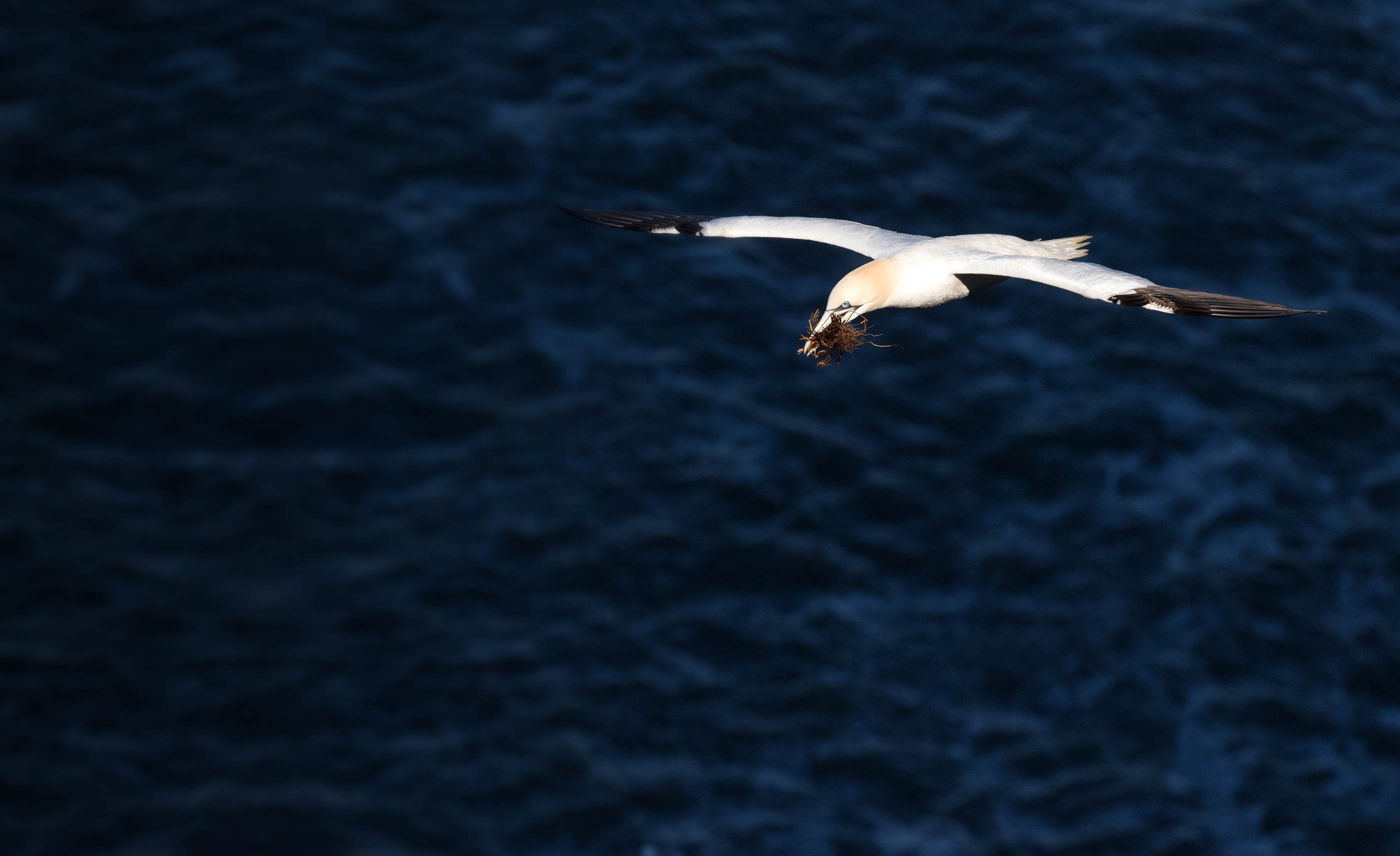
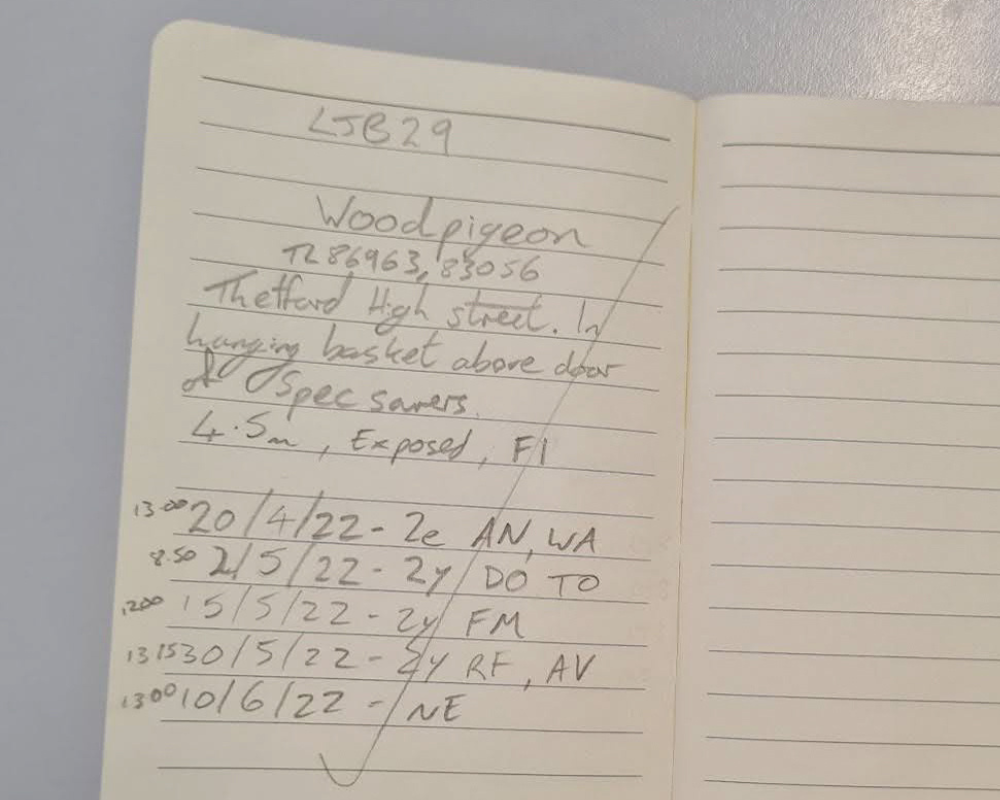
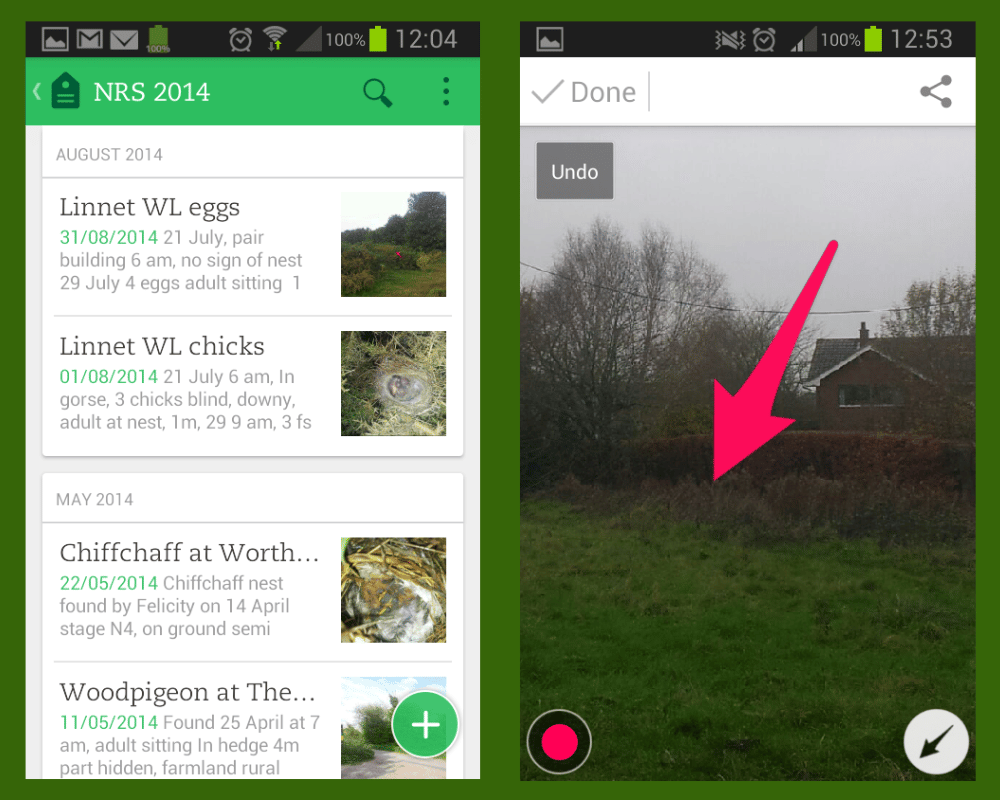
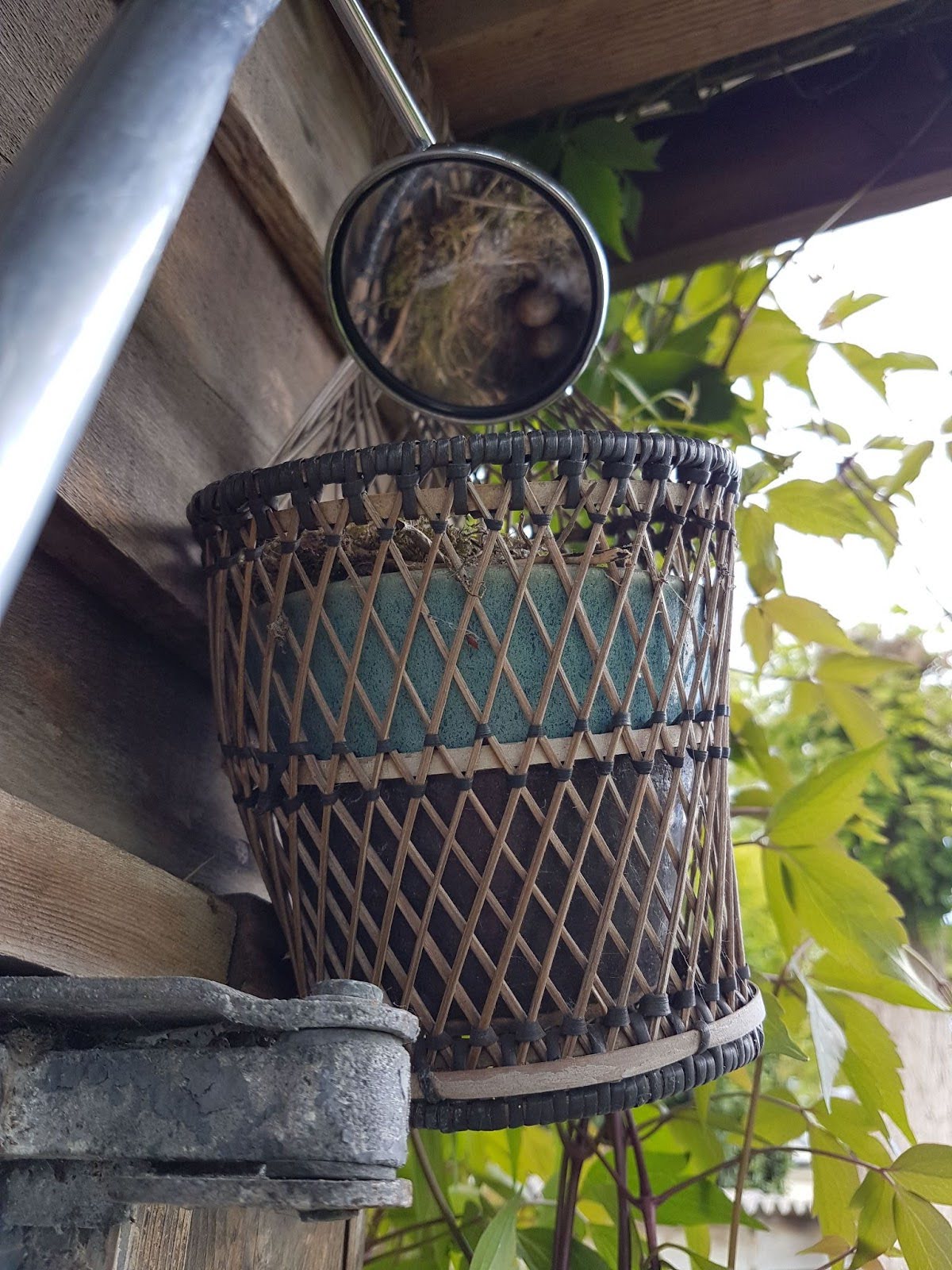
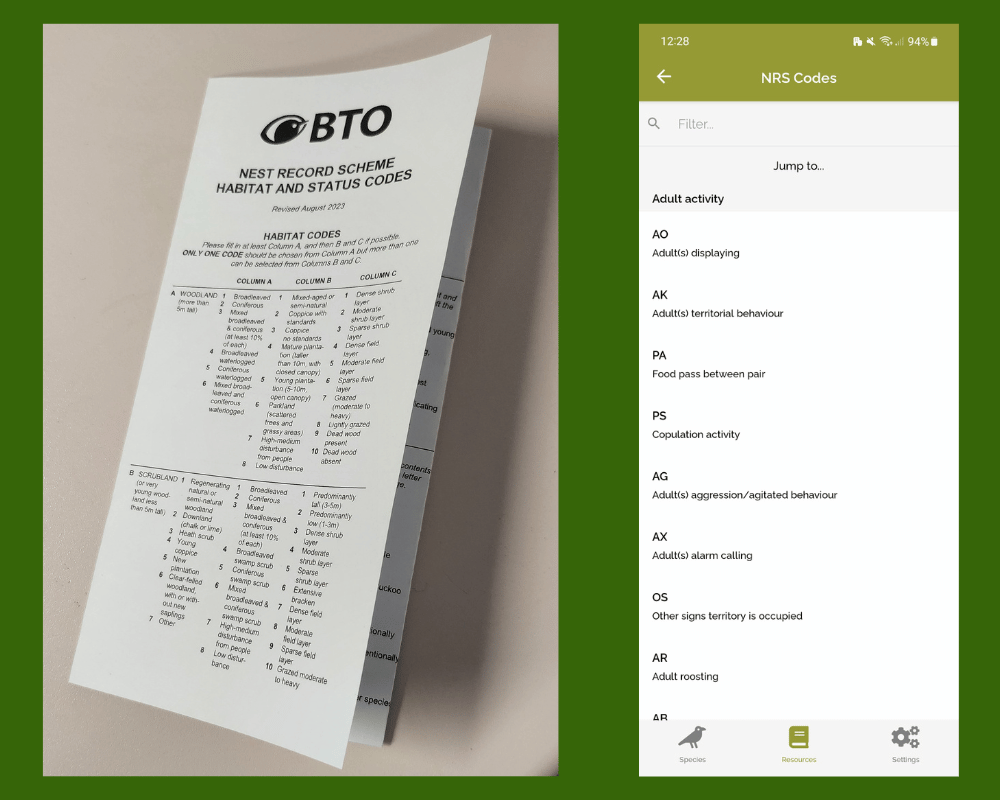




Share this page